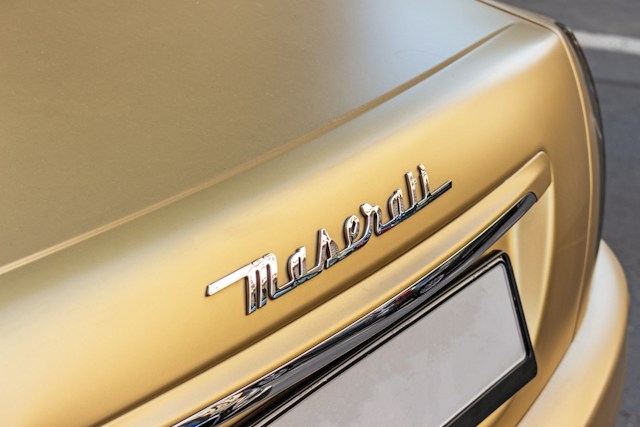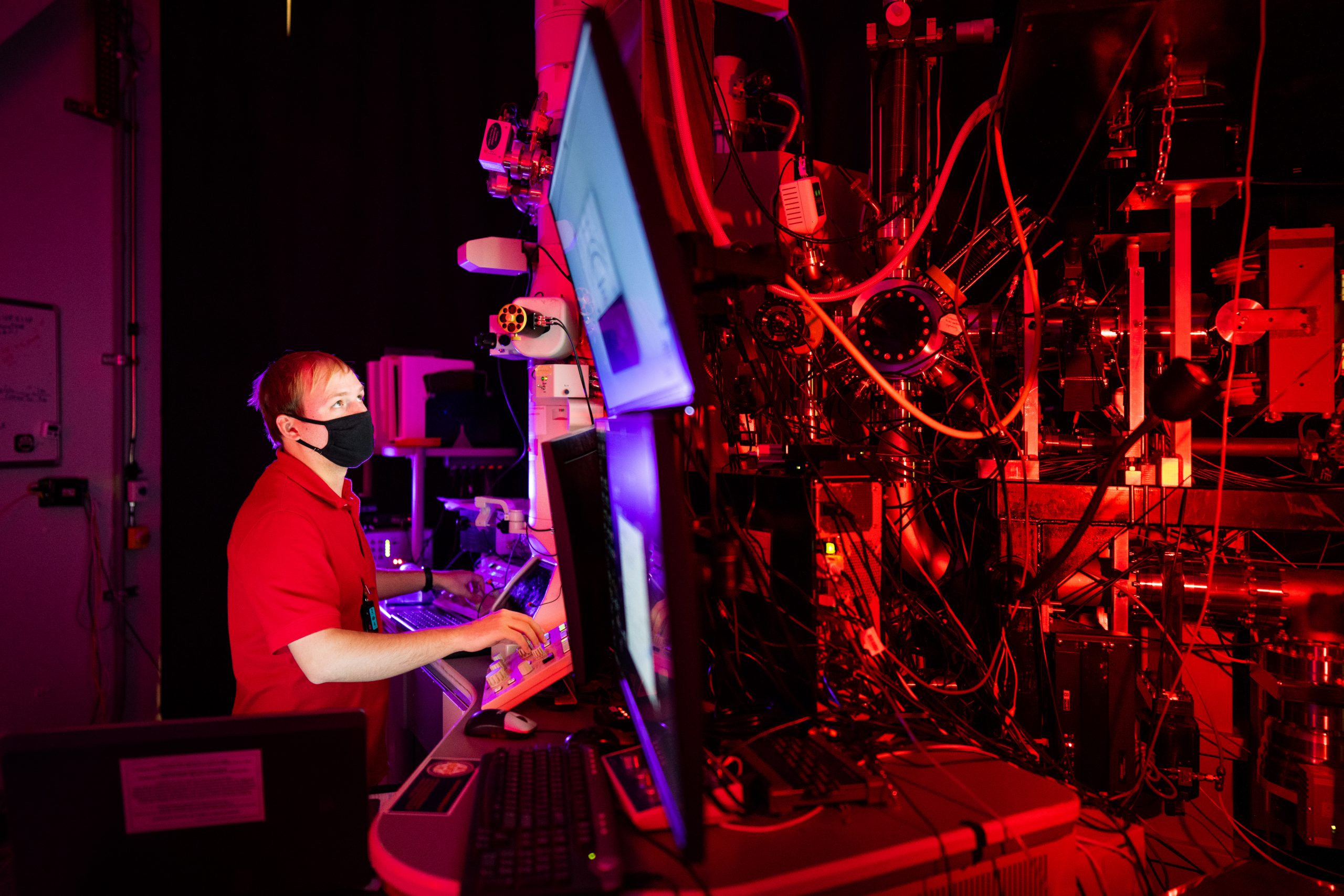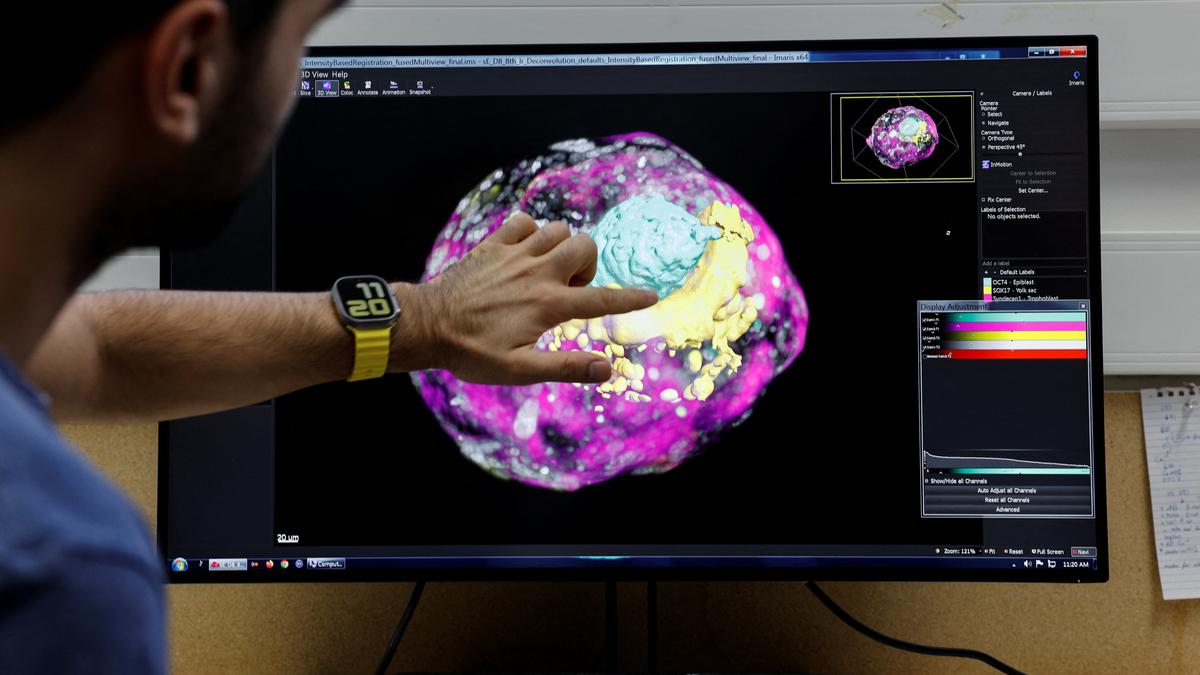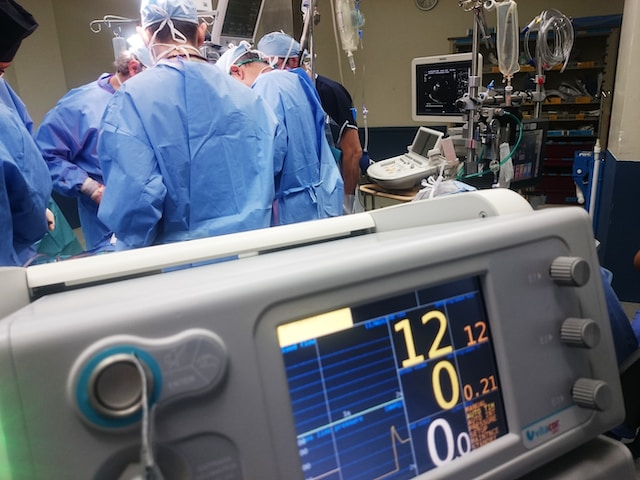There is a growing interest in the use of personalized applications that use biometrics as an access key. Providing access to homes, cars, companies, safes, and even guns can now be controlled by limiting access to those who are able to match the biometric information stored in a device’s memory. The goal of limiting the use of a weapon to its rightful owner has been reached as there are now several types of smart guns on the market from simple trigger locks to magnetically controlled systems.
At the top of everyone’s list of people to protect from guns are innocent children. Whether a shooter is deranged or a child playing with a parent’s gun, new smart gun technology would prevent accidental deaths or murder. Assuming gun licensors are able to screen out mentally ill and violent individuals, accidental deaths and murder could be significantly reduced.
Biometric methods include fingerprinting, hand geometry, iris scans, or voice characteristics to identify a user. Like most technologies, biometrics was very expensive in its beginning but costs are coming down to the point where it can now be mass produced. In addition complex computer processing and calculations on large sets of data over a short period of time is now the norm and this is a key component of a viable biometric access system.
The most likely biometric user-verification system for guns is human hand recognition. When someone puts their hand on a gun the biometric security system obtains a two-dimensional pattern of pressure that is exerted on the guns surface and is known as the grip pattern. The fact that each person has a unique pattern of picking up, holding, balancing, gripping, and firing a weapon, all of which can be measured by cutting edge technology, is what makes this system work.
A smart gun verification system has four components. First is the pressure sensor made of two layers of pressure sensitive foil. Resistors embedded in the gun measure the grip pattern. Data acquisition and data processing modules process this digital data and run it through a verification algorithm to determine if the grip matches. Finally, the gun control mechanism is unlocked if the pattern is a match.
There are a number of companies developing technology to retrofit current guns with biometric sensors, making the possible transition to this new technology on a wide scale quicker and easier. Another strategy is to lock all guns into biometric safes which would also help keep guns out of the wrong hands.







